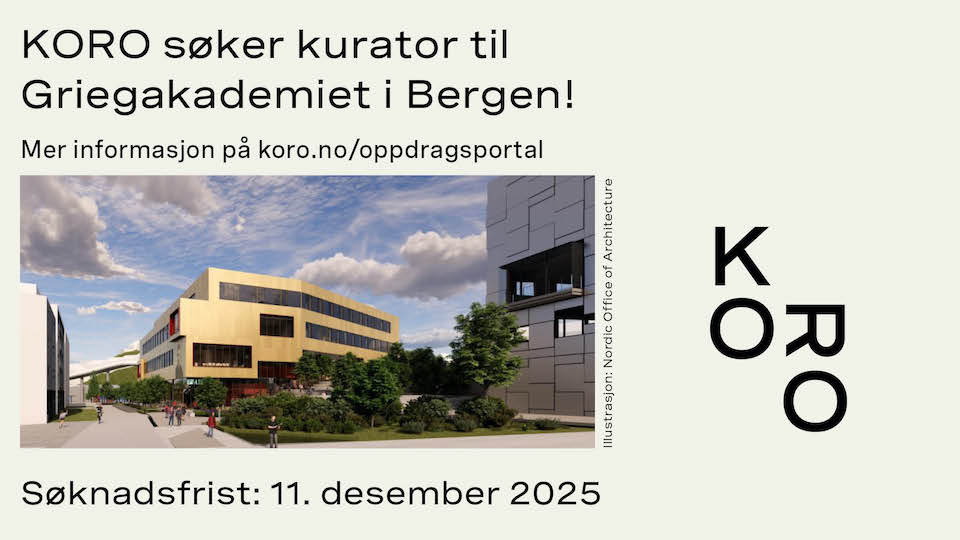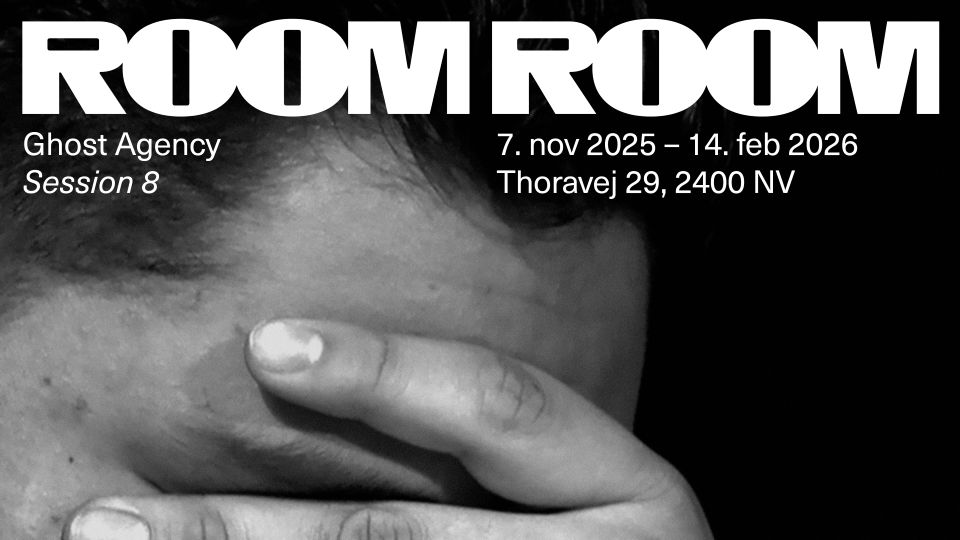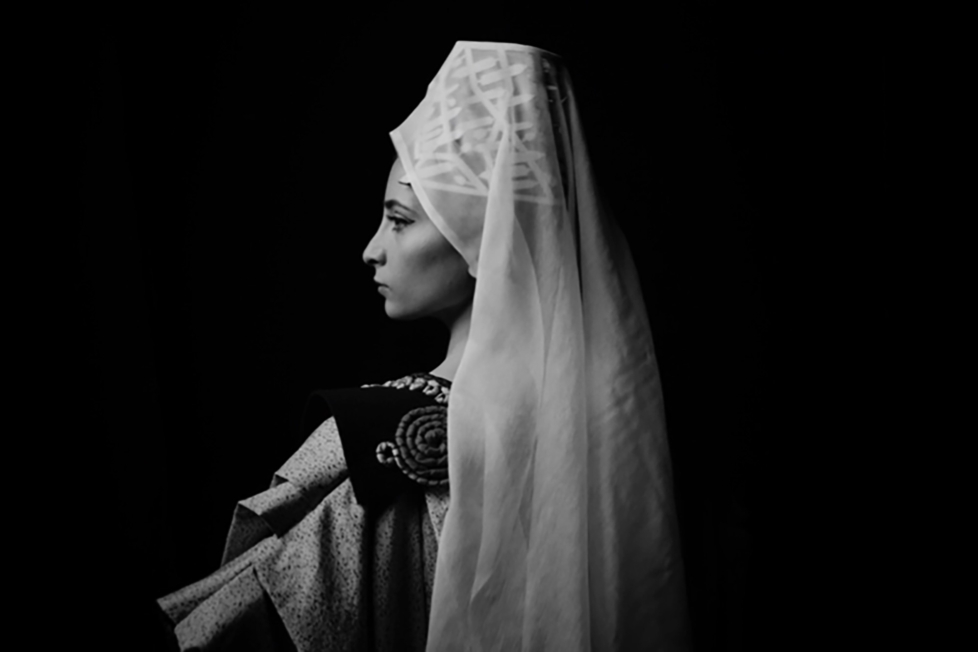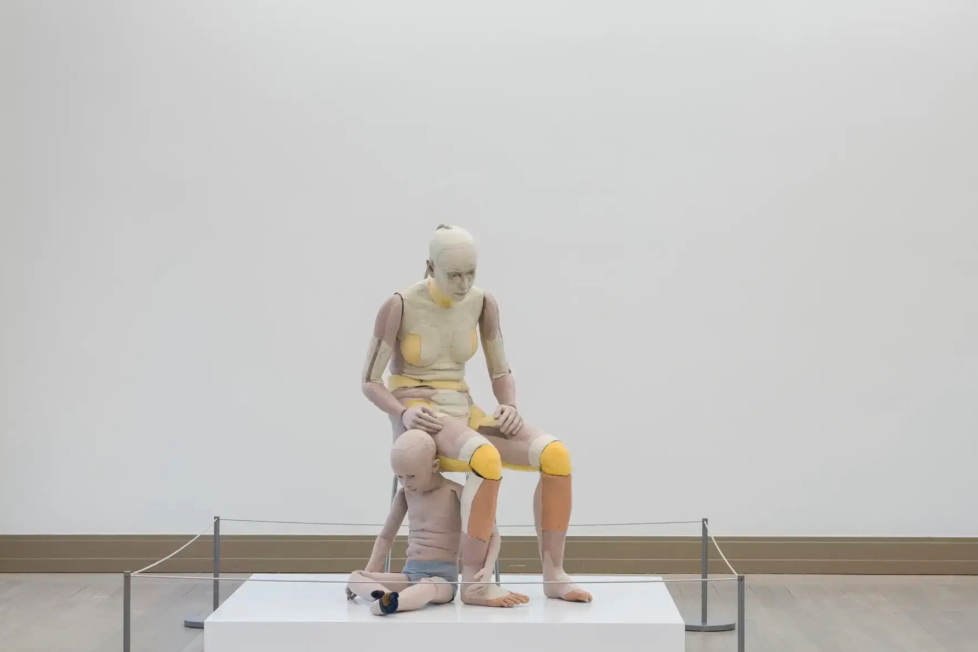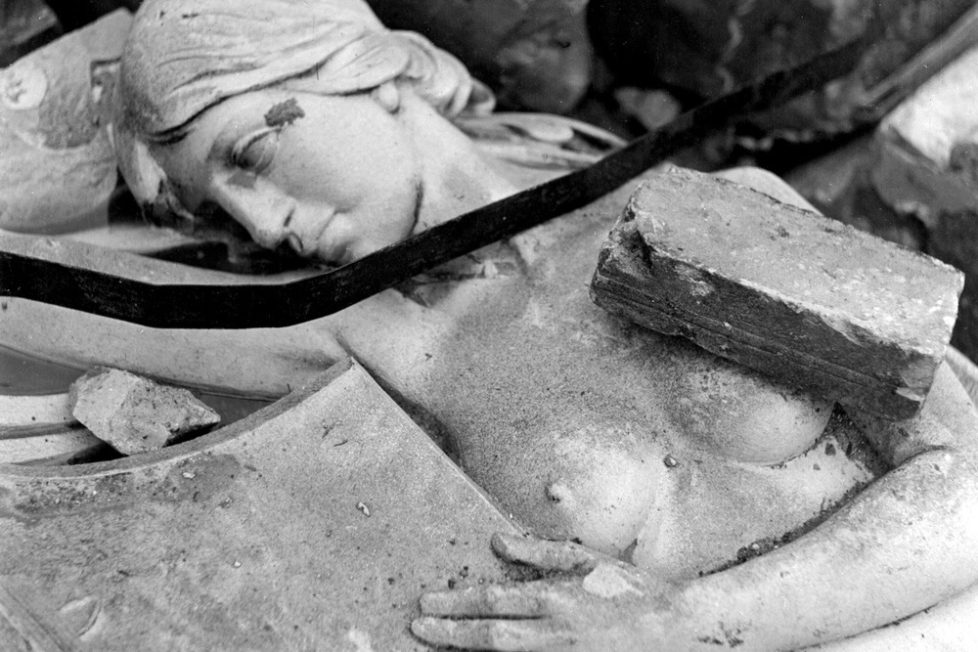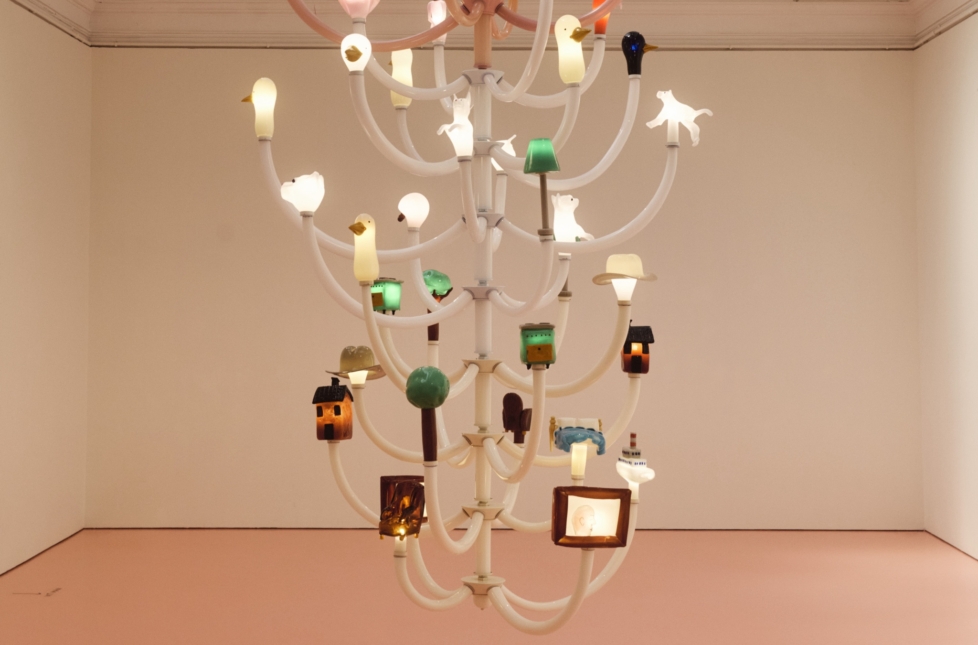
“It was weird to be in New York,” my friend, the artist Jaakko Pallasvuo, wrote me, “Because there, art really just turned into this game of, like – who makes the best shit. But in this really limited sense; like the most skilled figurative painting that looks good on Instagram. It’s giving medieval craft kinda?”
Jaakko called this newly re-emergent species “very artistic artists”, a phrase that shouldn’t sound as unlikely as it does. I read it as a return to the studio, away from the self-reflexive criticality typical of artists educated in the 1990s, as well as the various discursive, political, and scientific turns as they’ve played out since the 2000s. “It’s giving medieval craft” seems to describe a certain de-alienation and re-mystification, perhaps what it really means to be coming out on the other side of (post)modernism. The limited sense of the best shit, I take as a counterpose to the post-medium condition, returning to medium-devotion, or at least the semblance of it.
There are good and bad examples of this trend – it is by no means one thing. What good and bad mean – and whether it is possible for quality to mean anything at all – is another matter, as I’ll get to. The New York gallery 15orient strikes me as a prime proponent of medieval craft with artists such as TARWUK and Sam Hindolo presenting genuinely complex and yet completely straightforward artistic art brimming with the haunted animism of orthodox icons. Galleries Mendes Wood and Thomas Dane opt for safe taste, perfectly combining wistful cloud studies by Lucas Arruda and the saliently melancholic back-to-nature paintings of Jake Grewal with savvy picks of artists rediscovered, old, or deceased (the aura of the best of the new artistic art is the aura of the found or aged). At Tim Van Laere, the toothless neo-Pop of Ben Sledsens is naive to the point of trolling. This type of work – hyper-trendy and in dreadful abundance – is “giving” medievalism in the sense that it seems to come from a pluralistic and ahistorical world where images circulate without authors, without discourse. Maybe it’s called Instagram.
To me, this feels new. I have been working as an art critic since 2016, and looking back on those years, none of the big conversations that have been had in the art world – what might be called art criticism – were about art, but about who made it, paid for it, and where it was. From the various Whitney Biennial controversies, the much-maligned landing of Documenta 14 in Athens, its subsequent financial issues, #MeToo scandals, to last year’s Documenta, which was used to funnel money into worthwhile community projects across the world per the logic of: what is art anyway, if not a colonial, patriarchal, continuous reassertion of the powers that be? Who wants art? What does it even do?
In 1993, James Meyer curated a group exhibition at American Fine Arts in New York called What Happened to the Institutional Critique? Earlier this year, November magazine published a roundtable about that exhibition in which one of the participating artists, Andrea Fraser, asked exasperatedly about the current contemporary art landscape: “Where is the anti-aesthetic?” November’s editor Aria Dean explained that What Happened was partly a response to the Whitney Biennial of the same year where a “politics as content” approach “was positioned as a substitute for a sufficient critical model.” Meyer described this approach as “calcified identity’ and ‘a tautological understanding of art and artist”: “here is the Black artist, here’s the woman artist, here’s the gay artist, and they’re making work about those identities.” In the past five or ten years, Meyer continued, we’ve witnessed “the resurgence of the kind of saleable, portable, commodified artworks” that the exhibition set out to critique. “Why,” he asked, “does that seem to be the form of political expression in the time of Trump?”
It all leaves Fraser feeling pessimistic “in terms of the idea of critical practice, how people talk about responding to biennials that they have issues with, artists they don’t agree with or whose work they don’t like – it just feels very static and frustrated […] They’re not reflexive critiques of sites of production and distribution that also then encompass the critique itself and the position of the practitioner, which is how I understand institutional critique. I’m teaching an undergraduate class this afternoon, and there are, like, zero politics in this class[…] I don’t understand what they’re saying, and this is the first time I’ve had this experience. And it’s like, I’ve got to retire as soon as I possibly can because I don’t know what I have to offer these people. So that’s where I am.”
Here, Fraser describes the discourse around many of the big politics-as-content exhibitions of the last decade as well as, with reference to her current students, the more recent tendency towards artistic art. And the two are, indeed, related. If, in the mid-2010s, the quality of an artwork could not be ascertained outside of evaluating its politics (i.e. the artist’s place in the identity matrix), now the success of a painting – for it is, startlingly, mostly painting – will often come down to how many likes it gets. And so the ends meet in a logic of affirmation whose primary object is to not step on anyone’s toes; a cross between Thomas Hirschhorn’s statement “Energy: Yes! Quality: No!” (2013) and Instagram’s “Good Vibes Only.” In place of an anti-aesthetic, there is positivism and sentimentality. My issue is with art that does not issue questions but demands conformity – whether in the sense of joining a political youth organisation (whose spirit much politics-as-content art has inherited), or, quite literally, by tapping “follow.”

During the American culture wars of the early 1990s, the critic Dave Hickey wrote that “the professionalized art world, in its quest for moral goodness, replicates the most insidious aspects of Bentham’s [panopticon] by demanding a transparency of political and social intention and thus a more punishing kind of internal control.” Increasingly, art is a sectarian system, and often the problem is not politics but the conditions for criticism. For a few years until 2014, a Berlin blog called Donnerstag posted anonymous art reviews which panned exhibitions in ways no named and networked critic would be able to afford. When it stopped, a post-script was published in English, once again anonymously, which brought the problem of criticism in art back to what the author argues is the art world’s status as cult:
“The bigger and weightier problem stems from the last criterion on the list of characteristics of a cult community: the discrepancy between internal and external views. That discrepancy is the result of a growing internal deficit of standards and critique. And I get the impression that, in this respect, the art world differs conspicuously from literature and theater, branches where fights do still break out over a piece’s artistic quality.”
But quality: What is it? Who can say? A contemporary of Hickey’s, Jean-Hubert Martin, then the director of Centre Pompidou, told the New York Times in 1990: “The term ‘quality’ has been eliminated from my vocabulary.” In this, he was probably informed by the likes of Benjamin Buchloh who’d argued that the idea of quality in art could only be an instrument of hegemony, and that we should instead trace the social fabrics around artworks. But here, thirty-some years later, when both quality and the public sphere are lost objects steeped in melancholy, does that mean we are only making art for our friends? Well, our friends and whoever can be convinced to buy it.
At a recent conference at Vienna’s University of Applied Arts called The Practice of Criticism (for which an earlier version of this paper was originally written) we discussed the possibility that criticality – devolved from Fraser’s more reflexive definition to (identity) politics as content, set on uncanny repeat – has become its own form of kitsch. Basically, by now, a woke footnote in a work of art is as tacky as painting dolphins under the moonlight or your girlfriend in a summer dress. And so here we are, looking at Sledsens’s girlfriend in just one of an endless line of figurative paintings so apparently earnest we do not – after decades of irony, institutional critique, post-conceptualism, and self-consciously bad painting – have language or structure to ascertain the quality of whatever quality is.
On a visit to Palma de Mallorca’s gallery weekend in the spring, I went to about fifteen commercial galleries, most showing the same kind of cartoonish figurative painting that you see everywhere else. Ceramics is the sculptural equivalent to painting because it also bears the marks of someone having made it, by which I mean touched it, and the less skilled you are the more that effect is enhanced. It’s not the first time in the last months that I’ve been asked to take seriously the outcome of a recent two-month ceramics residency by an artist who has never worked with ceramics before in their life. If the new logic is “medieval craft” then we need to try harder.
What I took away from the island is that provincialism is well under way to being eradicated in contemporary art. The galleries in Palma show the same kind of work as their colleagues in Berlin, London, and Brussels. There is something positive about this new pluralism; mid-sized cities are growing as Berlin’s magnetic pull wanes. But it’s not really decentralisation so long as Instagram remains the central network through which these tendencies are born and maintained, and the art world’s institutions cannot afford to rise above it, or worse: do not have any incentive to.
“What does it mean when museums just about trample each other on the way to the same young artists studios and then they do not offer the public a perspective that could clarify what the rush is all about?” asked Michael Brenson in his post-mortem to neo-Expressionism published in 1986. I keep going back to these old quotes just to remind myself that, actually, nothing ever changes. Here’s another one, Hilton Kramer in 1959:
“Between obscurantism on the one hand and demagoguery on the other there has been very little to choose from in recent art criticism. One has been a defense against the new public interest [in art] – a defense which is also a form of collaboration – and the other has been a pandering to it. Neither has been willing to take on the classical critical task: the elucidation of a work of art itself, and the placing of it in a coherent context of experience and history.”

I recently had a conversation at a dinner party with an older artist who makes conceptual political installations. We spoke about another artist, twenty years her junior, who makes poetic formless sculptures – what we might call very artistic art. Somewhat echoing Fraser’s exasperation, she said that she couldn’t stand the work; to her, it looked like first-year student art. I said I really liked it, but not being able to say in that moment exactly why, I stepped off a ledge. I was convinced, I said: “I am convinced by her practice.” “How horribly Greenbergian of you,” my interlocutor replied, and I was grateful that I hadn’t mentioned the possibly even more so stigmatised concept of ‘quality’.
When I wrote about the conversation in my diary, I noted to myself as a conclusion that I should try and see more. I felt that my conviction was not enough. Or at least that, for my conviction to matter, it should stand on the greater heap of empiricism. When I first started writing picks for Artforum seven years ago, I received a kind of guide to help me. “See as much as you can,” is all I remember from it. And it is useful advice. I think people would be less sceptical of the perceived elitism of critics if they knew they are not speaking from an ivory tower, but from atop that empirical dung heap. But now that everybody sees a lot – feeds are practically overflowing with art, and a deficit of expertise seems to spring from it – we need also to consider the the quality of the looking that we do. What work can stand being stared at in person and at length. Engaged with. Written about. And in this case I really had stared, engaged, and written; it was from these activities that my conviction had grown, and still I had no real critical language for it.
At another dinner party, I sat next to a formalist conceptual artist and we spoke about Sam Hindolo’s exhibition that opened at Galerie Buchholz during Gallery Weekend Berlin. “I just don’t know what these paintings want from me,” said the conceptual artist, “what is their point?” And I can see what she means. If you’ve devoted your practice to carving out a formal language on the edge of critical discourse, there is something provocative, vertiginous even, about encountering artists who are ready to reject hard-won developments in the various expanded fields and throw so much alienation to the wind, along with all those issues of October – so named after the month of revolutions – and go straight, as Hindolo did, to painting halos around the heads of crouched, cloaked figures.
This simplified ontology and pluralist circulation of ‘artistic art’ speaks to the end of modernism’s empire, a return to the forthright objecthood of things. It suggests that we are left to contemplate an object no longer alienated, that is, an object in the process of re-enchantment, about which there is nothing else to decode or abstract than the effect of its presence. Let that sink in.
Coming out on the other side of the latest round of politics-as-content, and in the face of all this new, more or less sentimental, more or less deskilled earnestness, it seems to me that art critics need to reinvent a set of formal criteria based not on stylistic progression, but the even older trope of aesthetic feeling. By which I mean that the complexity of our responses – emotional, sensual, or intellectual – might just have to correspond to some idea of quality. One good thing about this “game of who makes the best shit” could be that it asks us to step off a ledge and claim conviction. This is where criticism starts. It’s an invitation to a conversation, and for others to disagree, which they will. Donnerstag concluded by saying that if anyone else was to try a similar project, “I’d seriously advise them to risk their own names. I actually believe that, if the cult can be cut down to size at all, that is how.”
I loved Hindolo’s show. I thought it was powerful and difficult. Morose. I did not finish with whatever feeling those paintings set into motion in me, as I had finished, for instance, with the paintings of Louis Fratino, another New York-based painter born in the 1990s. “He’s the Sally Rooney of painting,” I’d written about him once. That doesn’t exactly have the quality of art criticism either.








